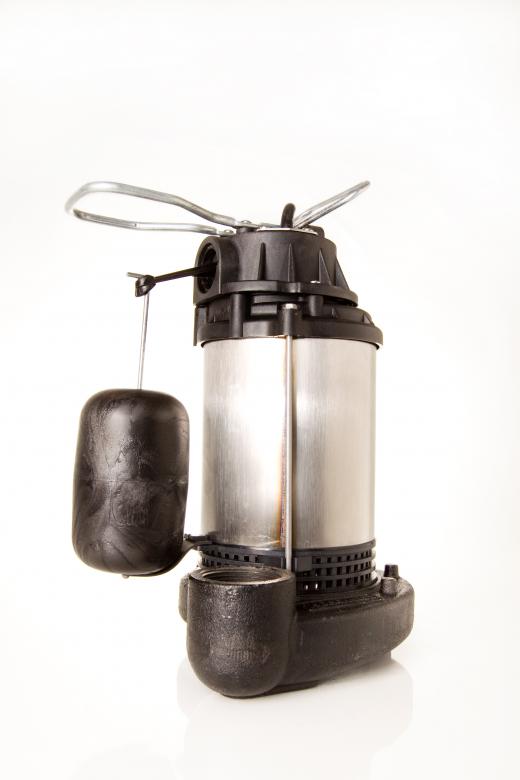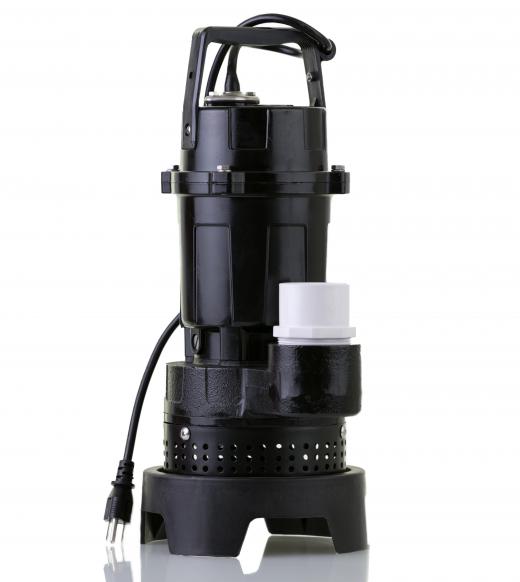What are the Different Types of Drainage Control?
Proper drainage control can help prevent the worrisome effects of water damage. Both residential and commercial buildings are often equipped with some type of drainage system. The choice usually comes down to whether the drain will be premade or constructed at the site. This will depend upon the type of land and how high the budget is. Some of the most common types of drainage control systems include French drains, trench drains, and sump pump pits.
French drains are typically good for properties that sit on flat land and have issues with groundwater flooding the area, such as when it rains. This type of drain is built to redirect any encroaching water away from both the building's foundation and the surrounding landscape. Much of this occurs underground, and this kind of drainage control consists of numerous holes full of gravel and a network of pipes. French drains typically send water downhill so that structures and soil do not get soaked, but property owners should ensure that the water from their yard does not get drained into a neighboring area. Owners are often held responsible for water damage to properties that are downhill from their structure, which is why they should ensure that the pipes direct the water somewhere that it will not cause damage.

Trench drains are often confused with French drains, but these two types of drainage control solutions differ. Rather than redirecting groundwater, it is meant to get rid of surface water. A trench drain typically resembles a trough, as it is long and narrow, and it can be built into the ground, in which case it is usually made of concrete. Some people prefer to purchase pre-cast concrete trench drains, which they then must transport to the property to be drained. A rather new trend involves using linear systems, which are often made of lighter materials like fiberglass or plastic, and compressed into place with poured concrete.

A sump pump pit may be necessary for properties that are below ground level. In such cases, water might not naturally drain to the street, even with the help of French or trench drains. A sump pump pit uses a large catch basin, a discharge pipe, and at least one sump pump. This drainage control system can make sure the water ends up draining into soil, where it can be absorbed, or into the street and down the sewer drains.
AS FEATURED ON:
AS FEATURED ON:













Discuss this Article
Post your comments